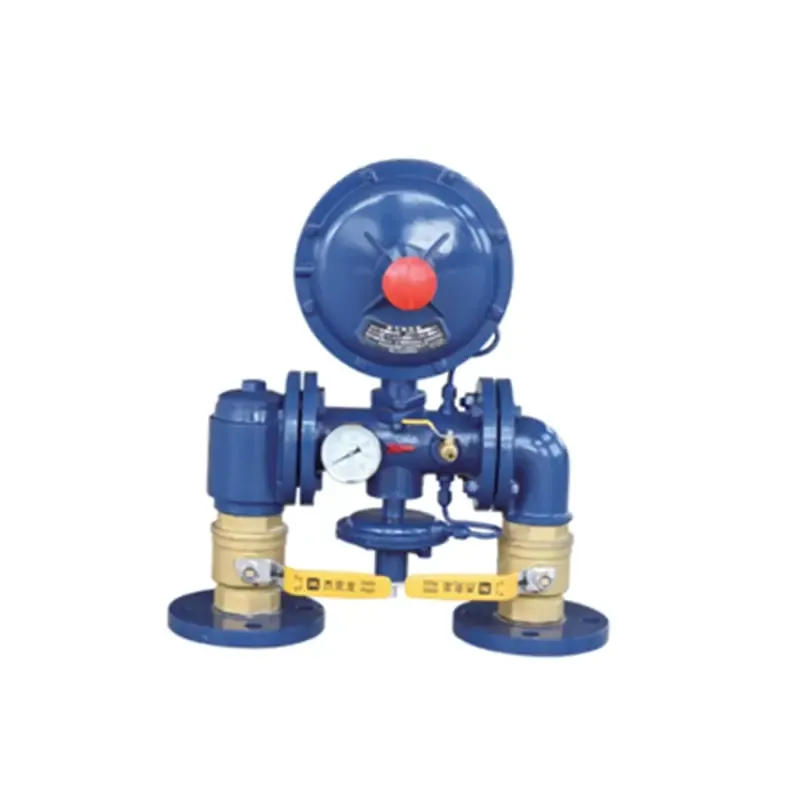
Nov . 06, 2024 06:35
Back to list
Understanding Gas Pressure Vessels and Their Importance in Industrial Applications
Understanding Gas Pressure Vessels Importance, Design, and Safety
Gas pressure vessels are crucial components in various industries, providing vital functionality for the storage and transportation of gases under pressure. These vessels play a significant role in sectors such as oil and gas, chemical manufacturing, and even food processing. Their design, construction, and maintenance are of paramount importance to ensure operational efficiency and safety.
What is a Gas Pressure Vessel?
A gas pressure vessel is a container designed to hold gases at a pressure that is significantly higher than atmospheric pressure. These vessels are engineered to withstand the stresses imposed by high pressure, ensuring that the gases can be safely stored or transported. They come in various shapes and sizes, including cylinders, spheres, and other geometrical forms, depending on their specific applications.
Applications of Gas Pressure Vessels
The applications for gas pressure vessels are extensive. In the oil and gas industry, they are used for storing natural gas, propane, and other gases that are integral to energy production. In chemical plants, pressure vessels hold gases that are reactants in various chemical processes or products that need to be stored safely. In the food industry, gas pressure vessels are often used for carbonating beverages and preserving food items under a controlled atmosphere.
Design Considerations
The design of gas pressure vessels must adhere to strict engineering standards and regulations. Factors such as the type of gas, temperature, pressure levels, and the material used for construction all influence the design process. Common materials used include carbon steel, stainless steel, and in some cases, advanced composites that offer durability and corrosion resistance.
.
1. Pressure Rating Every pressure vessel is rated for a maximum pressure it can safely handle, known as its design pressure. Exceeding this pressure can result in catastrophic failure.
وعاء ضغط الغاز

2. Thickness The thickness of the vessel walls is critical for withstanding internal pressure. Engineers calculate the required thickness based on the material properties and the expected pressure.
3. Safety Features Pressure relief valves and rupture discs are essential components that help prevent over-pressurization. These safety features release gas if the pressure exceeds a predetermined level, reducing the risk of explosions.
4. Testing and Inspection Quality assurance is vital. Pressure vessels undergo rigorous testing, including hydrostatic testing and non-destructive testing, to check for leaks and structural integrity before they are put into service.
Safety Regulations and Standards
The operation of gas pressure vessels is governed by various regulations and standards to ensure safety. In the United States, the American Society of Mechanical Engineers (ASME) has established codes (such as the ASME Boiler and Pressure Vessel Code) that dictate the design, fabrication, inspection, and testing of pressure vessels. Compliance with these standards helps mitigate risks associated with high-pressure operations.
Maintenance and Monitoring
Regular maintenance and monitoring of gas pressure vessels are necessary to ensure their longevity and operational safety. Operators should implement routine inspections to check for corrosion, leaks, and any physical damage. Advanced monitoring technologies, such as ultrasonic thickness measurement and pressure monitoring systems, can aid in early detection of potential failures.
Conclusion
Gas pressure vessels are indispensable in many industries, safely storing and transporting gases under pressure. Their intricate design, adherence to strict safety standards, and routine maintenance are essential to prevent incidents and ensure operational continuity. Understanding the importance of these vessels not only highlights their role in industrial applications but also emphasizes the critical nature of safety in engineering practices. As technology advances, the design and materials used in gas pressure vessels will continue to evolve, further enhancing their reliability and safety in the years to come.
Latest news
-
Safety Valve Spring-Loaded Design Overpressure ProtectionNewsJul.25,2025
-
Precision Voltage Regulator AC5 Accuracy Grade PerformanceNewsJul.25,2025
-
Natural Gas Pressure Regulating Skid Industrial Pipeline ApplicationsNewsJul.25,2025
-
Natural Gas Filter Stainless Steel Mesh Element DesignNewsJul.25,2025
-
Gas Pressure Regulator Valve Direct-Acting Spring-Loaded DesignNewsJul.25,2025
-
Decompression Equipment Multi-Stage Heat Exchange System DesignNewsJul.25,2025

